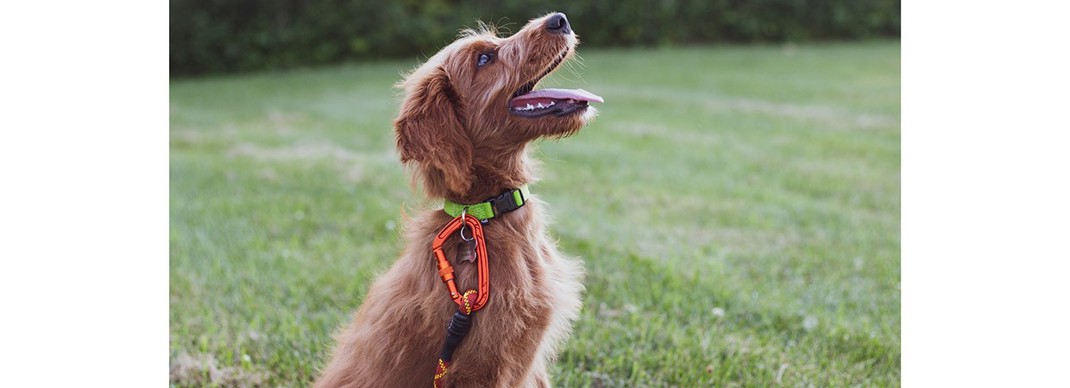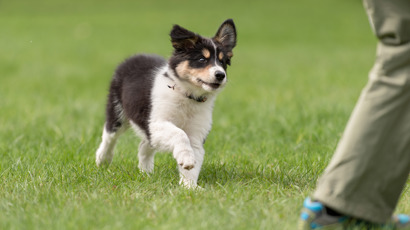The Importance of consistency in Training

A well-trained dog is a welcome and loved member of the family, but to get to that point with your pet requires patience and, above all, consistency – which is no easy feat when children are involved. Says Simon Goodall
Families and dogs go hand in hand. Bringing a pooch into a family with children offers huge advantages – your children begin to understand the best way to handle pets, they always have a buddy available to play with, and they are learning to be responsible.
Like most good things, there will be the occasional issues to tackle along the way to achieving a well-behaved canine member of the household.
One problem that we often see in families is inconsistency in training.
For example, you may be teaching your dog not to jump on people and then, when the children come home, they excite the dog and encourage it to jump, undoing all your hard work.
How do we get around this?
Over the years, we have discovered many tips that work when you have children in the house, and with two children of my own, I have personal experience of the results.
Give the children a challenge
Children of all ages love a challenge, so come up with one and give it to them. If you are working on stopping your dog from jumping up and you know how this can be done, put a challenge up on the wall saying, for example, that you don’t want the dog to jump on the children for 14 days, and give the kids rewards along the way.
If your dog stops an action for 14 days, that will usually be the end of the problem.
The value of a good explanation
Explain to your children why you are trying to teach the dog something and what impact it will have on them.
If, for example, you are teaching your dog to stay off the couch, explain that it is because you don’t want the dog to steal their lunch if they leave it on the couch. This is much easier for them to understand than saying you don’t want hair on the couch.
Training and treats
When you are explaining the commands to a child, don’t worry about needing to give the treat within two seconds, just train them to tell the dog what to do.
Often we see children getting frustrated because they are unable to get the treat out within the two seconds for it to be effective, but just let them have some fun.
Do you have a command that you need to teach your dog, or does it have an annoying habit that you want to stop?
Work out how you are going to stop it, try these steps for the next 14 days, and your dog will have broken that habit. Good luck!
Simon Goodall: Simon holds a Bachelor of Science in Zoology and Psychology, specialising in canine behaviour.


